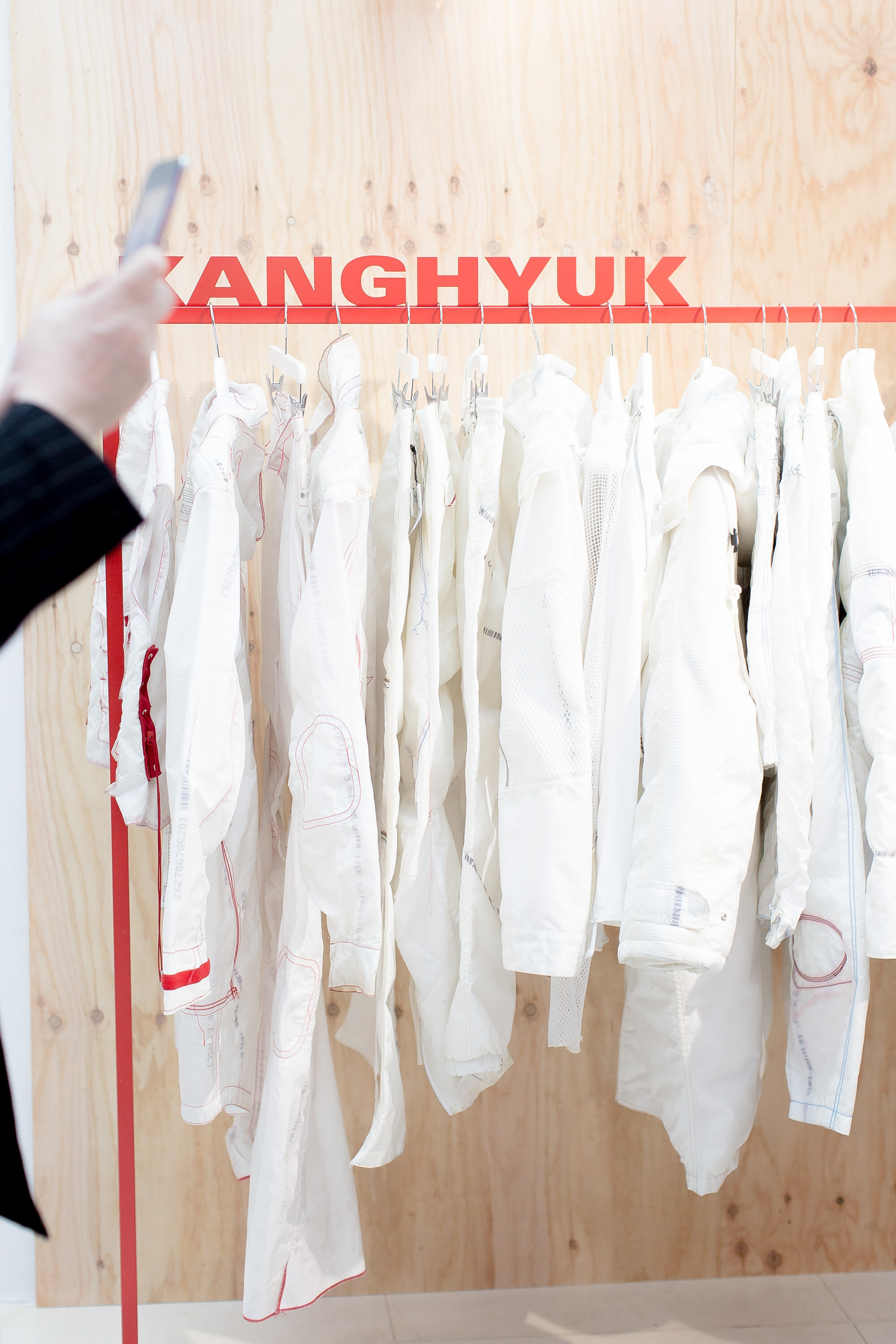Subscription vs Retail Shopping: The Divide Between Online and In Line
Written by Jhenene Louis
The Shopping experience has changed throughout the years and you no longer need to leave the comfort of your home to indulge in your favorite clothing brands.
A decade ago if you were purchasing an item online you were taking a gamble, but with the advancement of technology our computers have become essential in customizing the online experience.
The retail industry has evolved over the last 10 years and according to Forbes, new technologies will affect the way we interact with brands.
So let’s think about the average shopping experience, this may mean a person going to a store or mall and interacting with their favorite sales associate who knows their style preferences, but with subscription shopping you are eliminating that interaction completely, and the sales associate is replaced by a virtual styling assistant.
Stitch fix is the big brother to all subscription retail services and have set the trend allowing customers more flexibility with no monthly commitment. Stitch fix sends curated boxes with 5 surprise items. Customers are charged a $20 styling fee per box and this fee can be applied towards any item purchased in the box. Once the shipment is received, the customer has three days to choose or return the item.
According to Forbes, Stitch Fix has made over 700 million in revenue for 2017 and as of 2018 the company has been valued at 2 billion.
Subscription shopping isn’t just reserved for clothing, beauty brands such as M.A.C, Urban Decay and Glossier are following suit and can purchase through Boxy Charm, ipsy or FabFitFun. These ecommerce companies all offer subscriptions to beauty, wellness and fitness products. Boxes are usually valued at $100-$200 but can be purchased for a price ranging from $20-$60 monthly. The affordability offers up more options for frugal costumers.
3.Paradis raincoat
Bill Cohn, a senior leader and e-commerce product management at Vantiv, mentioned to Forbes that he believes when a customer clicks the “subscribe now” option they are clicking their way into loyalty. For merchants, these customers then become regulars and oftentimes expand their spending on other goods. Additionally, 61 percent of millennials have given a subscription as a gift, providing another opportunity to expand business.
The book “The Paradox of Choice: Why More is Less” states when customers are faced with too many options they become overwhelmed and are least likely to buy, so subscriptions boxes limit buyer’s remorse.
Consumers want a superior experience and are willing to indulge themselves if the price is right. We live in a “Purchase now” mindset where fast shipping is crucial and free returns are key, and brands are starting to invest more in the online experience by offering these exact benefits to customers. In return they get our loyalty and consumers get consistent quality service, and consistency is what matters.
Getting a good value by not physically going in store to make a purchase is exactly what department retailer Forever 21 failed to do. Focusing on brick and mortar the past years, expanding beyond suggestion, the American department brand hindered its growth in the online retail game. Filing chapter 11 bankruptcy this September, Forever 21 has forced themselves to closedown 178 in the US, and most of its international storefronts in Europe and Asia.
Millennials have proven to be more frugal than previous generations, so we jump at the opportunity to save a few extra dollars, and online subscriptions offer that and more. Such as the ability to anticipate a person’s preferences by size, cost and brand. A perfect model for the economically savvy customer.
Comment and let us know what's on your PAGE.
Featured
















Riding an electric bike comes with a unique set of challenges, particularly when it comes to braking.